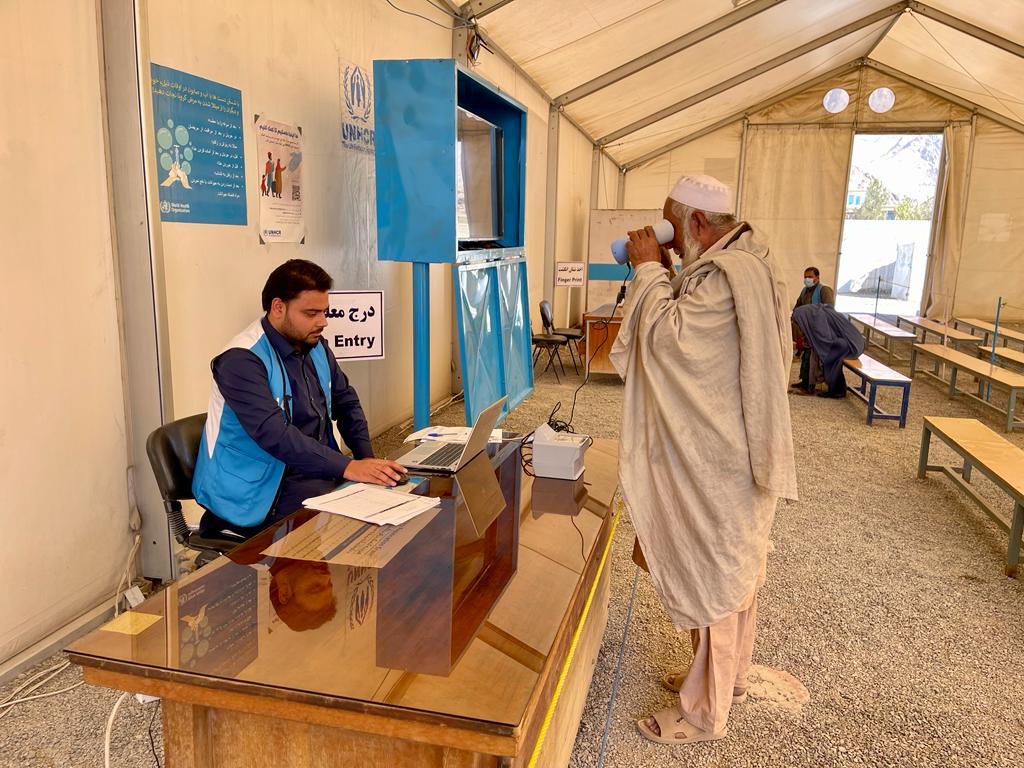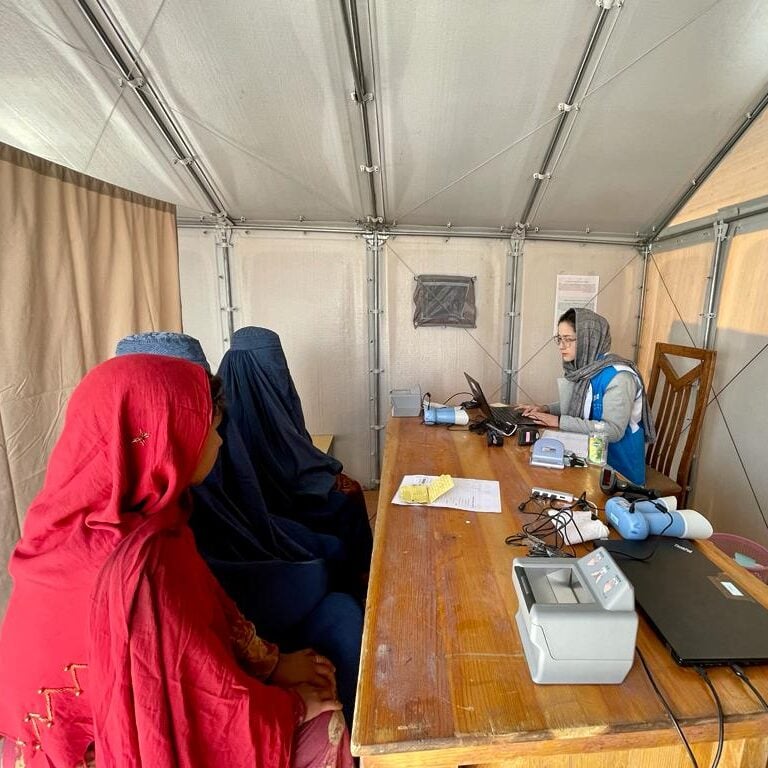
By Sara Karami
Forced displacement in Afghanistan is a multi-faceted situation within the country’s 40 years of protracted conflict. Furthermore, thousands of people are impacted by natural disasters, including earthquakes. This complex situation has led to an increased number of people becoming displaced both within the country and into neighboring countries. There are 7.7 million Afghans in Iran and Pakistan, including registered Afghan refugees and Afghans in refugee-like situations[1]. At the same time, and despite the difficult situation, people still repatriate to their country of origin.
On 3 October 2023, Pakistan’s national Apex Committee endorsed a plan to repatriate over a million foreigners without valid documents, largely Afghans, requiring them to leave the country by 1 November. Since 15 September 2023, over half a million Afghans have returned to Afghanistan.
These returns are further compounding an already very challenging in-country situation, where some 23.7 million people are projected to need humanitarian assistance in 2024. Therefore, UNHCR offices in Pakistan and Afghanistan have scaled up their humanitarian responses, including provision of cash-based interventions and support to persons with specific needs. One of these programmes is the Forcibly Returned Afghans Enrollment (FARE) in Afghanistan which provides cash-based assistance for eligible Afghan families, who have been forced to return home from Pakistan. To date, FARE has aided over 39,000 individuals.

FARE aims to enhance UNHCR’s accountability and service delivery by standardizing processes and tools. Key aspects of the programme include verifying eligibility, dignified and equitable assistance distribution, protecting vulnerable individuals, and ensuring accountability to the local community and donors. Furthermore, it involves multiple steps including biometric verification and enrolment processes, data management, and disbursement processes, which are all governed by strict standard operating procedures to safeguard personal data and ensure fair access to assistance.
To strengthen identity verification processes through biometrics, FARE integrates UNHCR’s Biometrics Identity Management System (BIMS). This system is rolled out in 96 UNHCR operations. Launched in 2015, it has enrolled almost 13 million individuals by the end of 2023. BIMS captures both fingerprint and iris images as well as a facial photograph. This data is then stored in a secured central database. Using biometrics helps UNHCR to protect the identity of asylum-seekers and refugees, preventing others from stealing their identities and thereby maintaining the integrity of their individual legal status. Biometrics also allow UNHCR to quickly identify someone and retrieve their files in any UNHCR office, even if the physical documentation is lost or stolen. Lastly, UNHCR is able to quickly and reliably verify an individual for assistance delivery, therefore ensuring that those most in need, receive the support they need.

In Afghanistan, the FARE programme uses biometric verification to confirm or refute the identity of an individual registering to receive cash. This process provides a one-to-one check against a known identity. During the authentication procedure, the captured biometric data (i.e., the biometric claim) is checked against pre-captured biometric reference data stored on a card, mobile device, or database (aligned with the World Bank’s ID4D Practitioner’s Guide. This initiative has resulted in a more efficient cash-based intervention programme. The approach has ensured accurate, reliable, and inclusive identity management, guaranteeing that assistance reaches its intended recipients amidst the ongoing emergency in Afghanistan.
[1] People in refugee-like situation refers to a category which is descriptive in nature and includes groups of people who are outside their country or territory of origin and who face protection risks similar to those of refugees, but for whom
